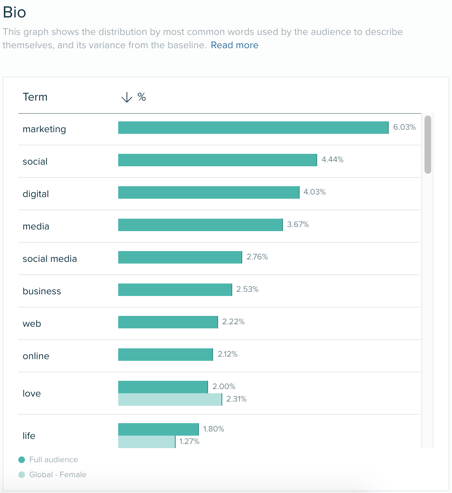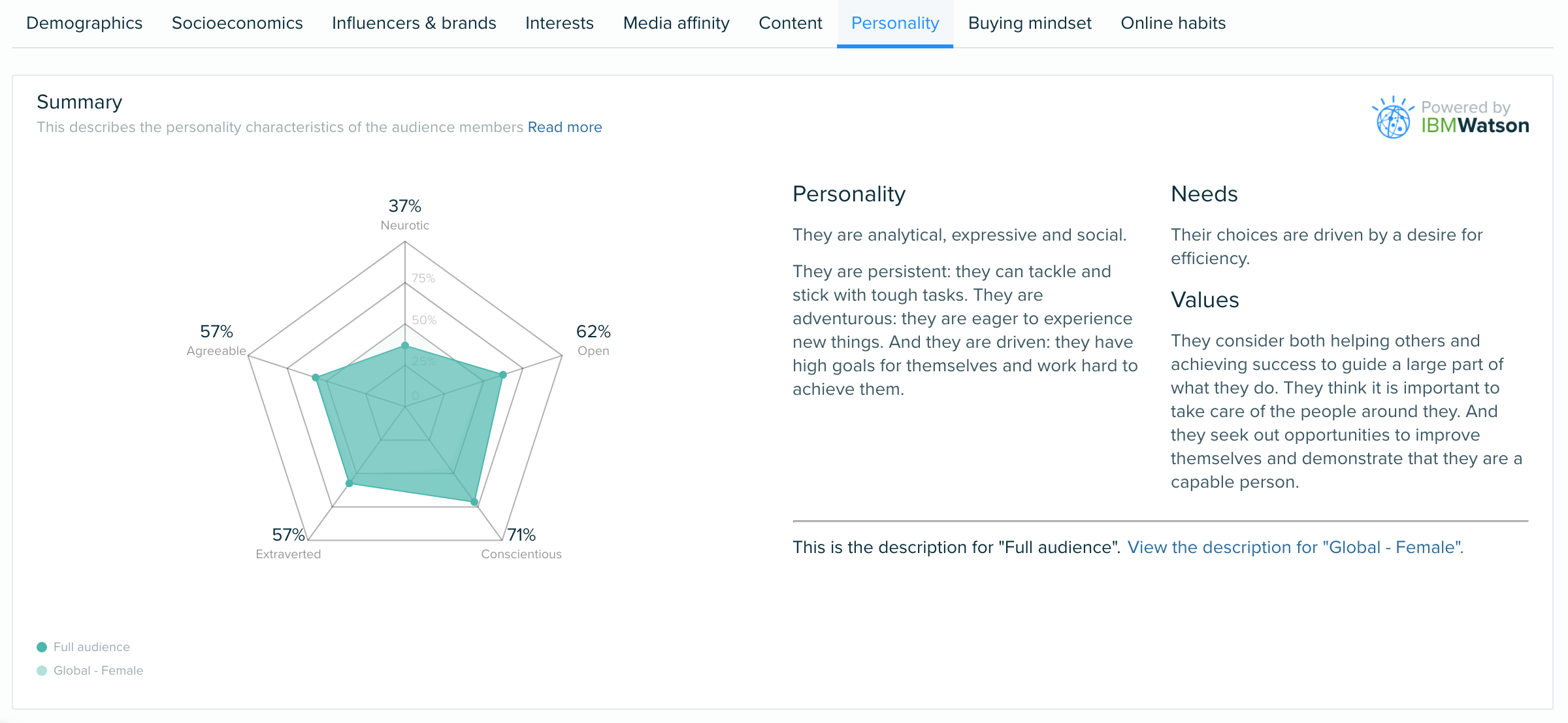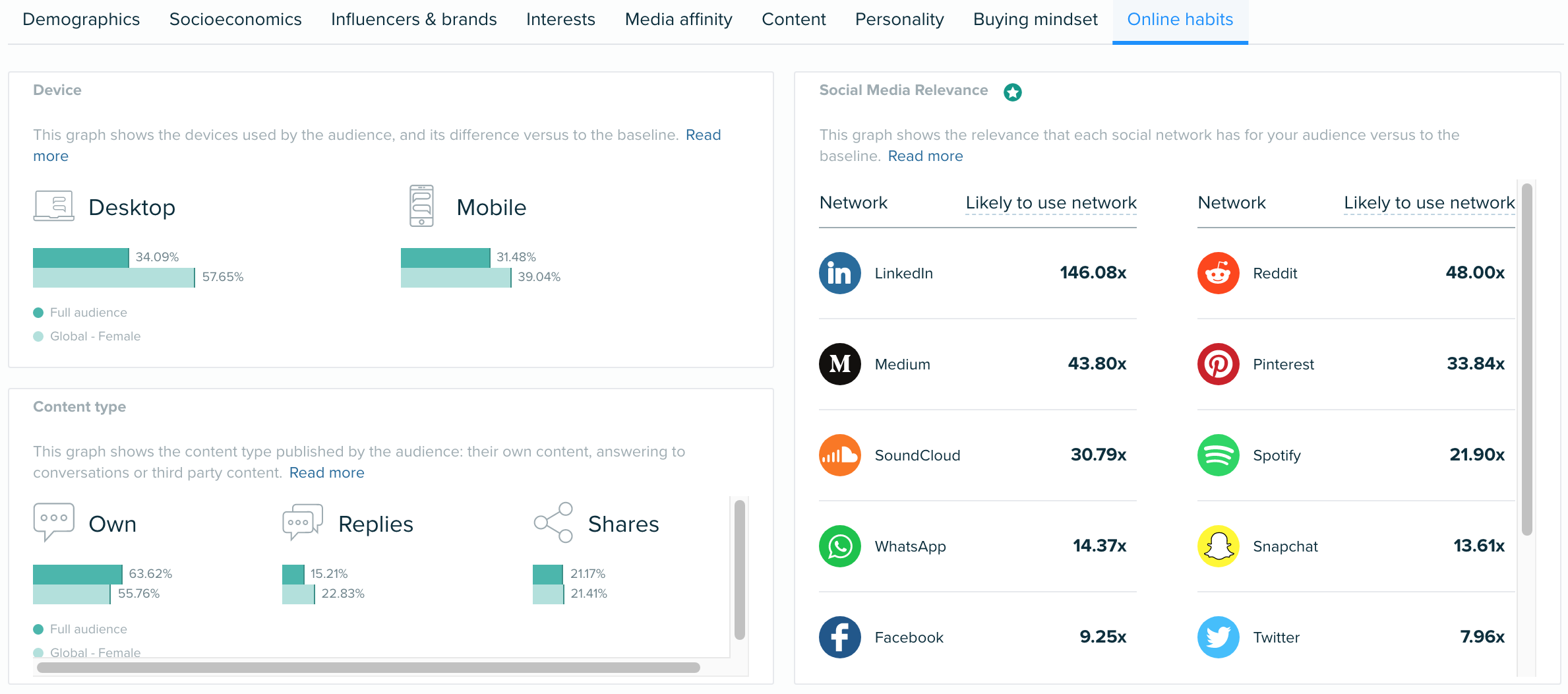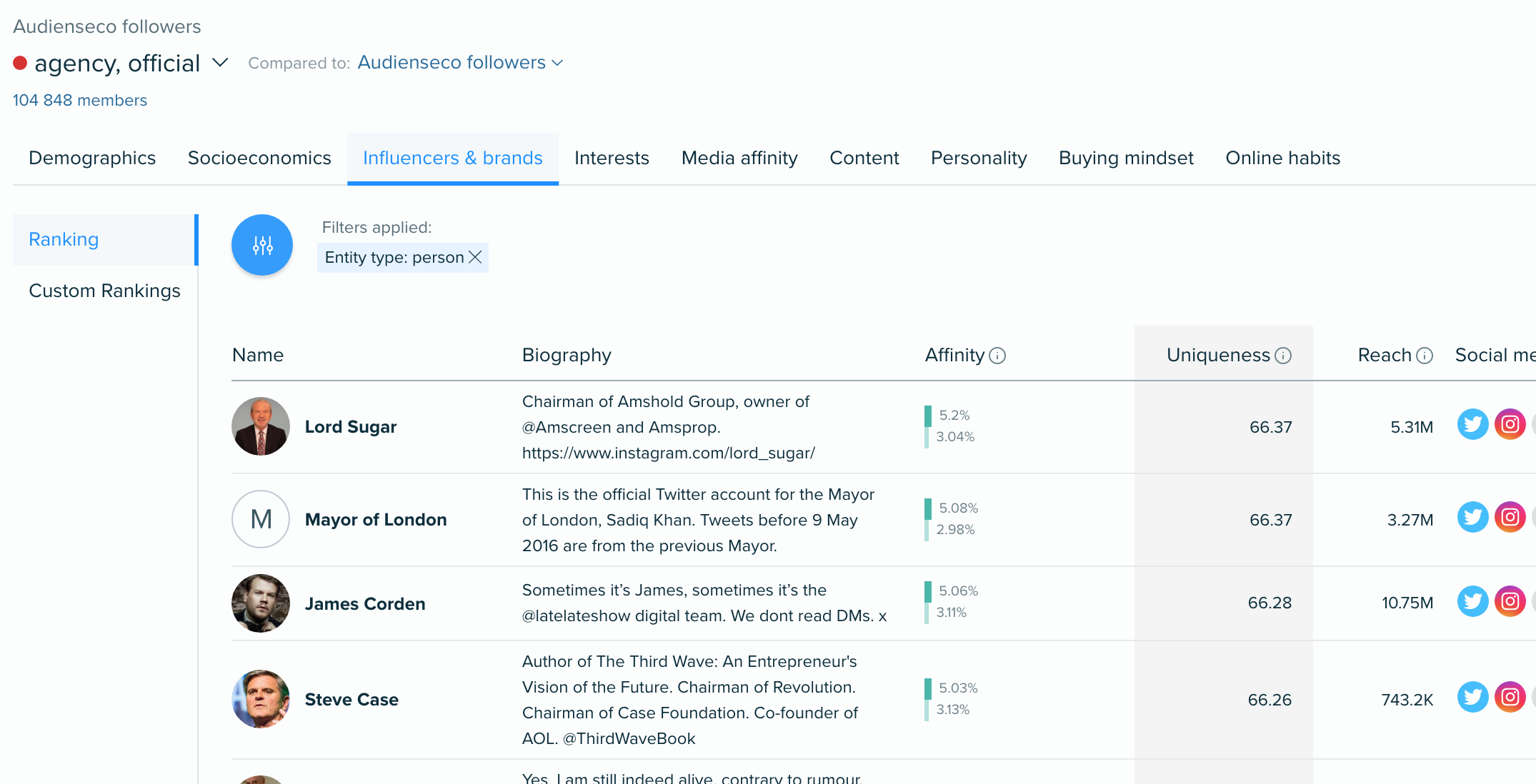Target market vs. target audience: The key differences
Every business and every marketing strategy needs to target a specific group of people to ensure success. This is the only way to make sure that you’re creating products and developing messaging that will resonate with your ideal customers. That’s where terms like “target market” and “target audience” enter the picture.
Some may use these terms to broadly and interchangeably refer to a group of people that you want to target for your brand or marketing campaign. However, there are some differences between your target market and your target audience, with varying practical implications on different aspects of marketing.
Let’s find out the differences between target market vs. target audience and how they play a role in the overall marketing function.
What is a target market?
Your target market refers to a specific group of people you plan to target with your products and services. This group may share several demographic characteristics such as age, gender, and occupation.
For example, let’s say you’ve developed a tool that can help marketers, brands, and agencies manage their advertising campaigns. In this case, you might be targeting both men and women between the ages of 25 and 65 who describe themselves as experts in marketing, social media, or digital marketing.

What is a target audience?
Your target audience, on the other hand, is a narrower term referring to a certain section of your target market. This is the group of people you want to target for a specific advertising activity, marketing campaign, or promotion effort.
So for example, let’s say you’re hosting an event in London. In this case, you might be sending out promotional emails only to a specific target audience of marketers, brands, and agencies living close to London. In other words, you’re marketing to only that specific section of your target market that might be able to physically attend the event.
Or let’s say you’re using Audiense Insights to gather valuable audience intelligence. With this platform, you might discover that there’s a subset of your target market that’s getting news from The New York Times and another subset that reads blog posts on TechCrunch.
However, these are both large publications and it might be challenging for smaller brands to get coverage in the early stages. The good news is, even if The New York Times and TechCrunch are your top content sources, you can still find publications that resonate higher with your audience. So even if they’re not as big as the other two, they can still be a great way to reach your target audience with the right type of content.
The Audiense platform makes this easier by narrowing down on the type of media your target audience consumes. You can use this audience data to make smarter decisions about the type of publications to target and the kind of coverage you need.
Why your target market matters
Your target market will essentially influence all your marketing and business decisions. For example, you may develop products based on your findings about what your target market wants or needs. Other aspects of your business such as sales processes, pricing, packaging, etc. all depend on the preferences of your target market.
That means your target market decides whether you sell your products in-store or digitally or both. It decides whether you use biodegradable packaging and spend a little more or a cost-effective plastic alternative.
Why your target audience matters
Your target audience typically influences your advertising decisions. For example, you may choose channels, platforms, influencers, and publications depending on your target audience’s preferences, habits, and personality traits. You’ll also craft messaging and offers that can appeal to this target audience.
That means your target audience decides whether you advertise on TV or on social media, on Facebook or on Instagram, on The New York Times or on TechCrunch, and so on. It decides whether you use images or video, thought leadership articles or reviews, influencer content or paid ads, etc.
Audiense provides you with detailed insights on your audience, so you can get a detailed look at your audience’s online habits, buying mindset, personality, interests, media affinity, and more. This allows you to get even more specific with understanding your target audience and use this information to inform your campaigns.
So for instance, the personality of your target audience may be adventurous, expressive, and excitable. This could shape your campaign message in a way that challenges them to “go on their next adventure” with your product.

Similarly, you can get really specific with your campaign targeting based on your audience’s online habits. So in addition to creating the type of content they like and promoting it through the social media platforms they frequent, you can also decide when to publish the post based on their most active hours.

What is the difference between target market and target audience?
Based on the definitions of the two terms, you can get a better idea of your target market vs. target audience. The two terms are interrelated, but they’re not the same. Here’s a quick overview of the differences and similarities to recap:
- Your target market refers to a larger group of people you want to reach whereas your target audience is a subset of your target market.
- Your target market influences your business and marketing decisions in general, whereas your target audience specifically plays a role in your campaign decisions.
In other words, “target market” refers to a broader group whereas “target audience” is narrower and more specific. You might segment your target market into different target audience groups based on various factors like who influences them, which publications they read, and so on.
So your target market may be “digital marketing experts living in the U.K,” whereas your target audience may be “SEO specialists living in the U.K and following Jeff Bullas.”
The Audiense platform lets you really narrow down on niched influences under the “Influencers & Brands'' tab. You can use different filters to find the micro-influencers that are more realistic to reach and highly relevant to your target audience.

The role of market segmentation
To identify and define a target market or target audience you want to reach, you need market segmentation. This helps you narrow down on the most relevant groups of people to target based on certain demographic criteria such as age, gender, ethnicity, profession, income level, etc.
You may also consider behaviouristic criteria including factors such as impulsiveness, value-seeking, and so on. Audiense allows you to segment people by additional criteria including interests, online habits, media consumption, and many more.
Plus, the Audiense audience segmentation process also considers critical factors such as interconnectedness. This involves defining a target market or target audience based on what they care about and what holds them together. So you can dig deeper into each audience group and get more specific insights about them.
This then equips you with the tools and information you need to craft the most relevant and compelling messaging for the people you want to reach.
Ready to define your target market or target audience? Try Audiense Insights for free.






.png?width=60&name=image%20(62).png)
